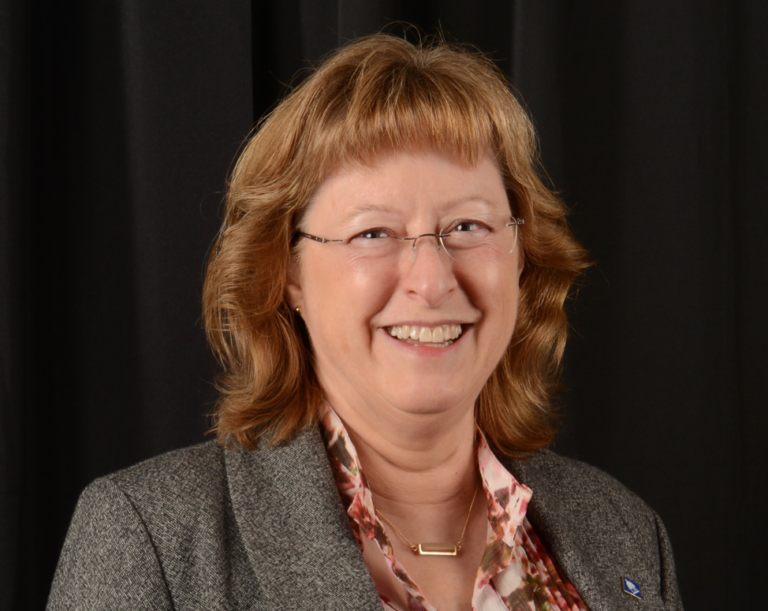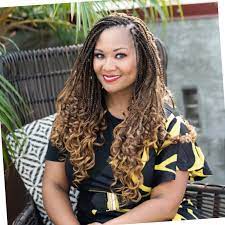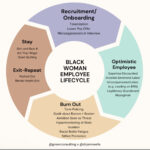By Vickie Cook, PhD
Attracting diverse applicants is a goal that most institutions of higher education have stated as being a primary driver in the search for talent. This diversity may include racial, gender, cultural, orientation, ability/disability, or age diversity. There are many ways to consider inclusivity of job applicants and to encourage a diverse group of possible job candidates to choose your organization for consideration to apply. We will be exploring attracting diverse applicants as part of a three-part series. In this first installment, we will consider importance of writing outstanding job descriptions.
Job descriptions and requirements may include statements of diversity, equity, and inclusion. They often have statements relating to equal opportunity employment. However, these statements have been included on job descriptions for so long, that they may have very little practical implication to those creating the job. Not that the institution is intentionally creating a biased hiring situation, but is also not intentionally NOT creating a biased hiring situation. Consider how a job description can share the qualification and skills needed but neutralize the situation where implicit bias occurs through the language or phrases used. Is the job description inclusive of all potential employees? Neutral language is key to desired inclusivity. Are there gender pronouns used that don’t need to be included? Consider reviewing gender-specific codes words. There are several websites that have lists of gender-code words that may assist you in development of stronger job descriptions without using identified gender-code words unintentionally. Gender bias can occur when number of years of experience is absolute rather than a range. Women have been noted as indicating they only apply for positions when they feel that they meet all qualifications, while men are typically comfortable applying if they have at least 60% of the qualifications listed.
Does the language used in the job description eliminate those who have a disability without true cause? If the job does not require the applicants to be able to lift or walk, but does require transporting weight, or being mobile, use the appropriate language to encourage those with disabilities to apply who may be well qualified for the position. Qualified potential applicants may utilize a wheelchair or other mobility accessible device. Ensure that your job description reflects the ability required and doesn’t eliminate those whose abilities may be different but may still meet the qualifications.
Review your job description for unintentional racial bias including requirements for English language that could eliminate qualified international applicants. Ask for what is needed, but not more than is needed to ensure that applicants understand the requirements and feel comfortable meeting those requirements.
Writing a job description for a “perfect fit” is unrealistic. Be careful of using the terminology “fit” as this word may create a cultural bias that is unintentional and eliminate potential highly qualified applicants who do not understand what you mean by “fit.” A diverse pool of applicants may bring wonderful qualifications that you are unaware will create a stronger organization through their employment. Job descriptions should be clear, written for the job needed, and inclusive of all applicants who meet the qualifications needed to perform the job duties.
Finally, ensure that your institution doesn’t reuse old job descriptions as you look to hire new employees from a diverse applicant pool will help your institutions move toward a diverse workforce. Through a diverse workforce, institutions are able to meet their mission and vision of service to students, service to the community, and ability to excel in scholarship.
Our second consideration to building diverse applicant pools will consider recruitment through job postings.

Dr. Vickie Cook is the Associate Vice Chancellor for Enrollment, Online Learning, Professional, and Engaged Learning (OPEL) at the University of Illinois Springfield. She holds a Ph.D. in Higher Education Administration and an M.S. in Adult Education.






